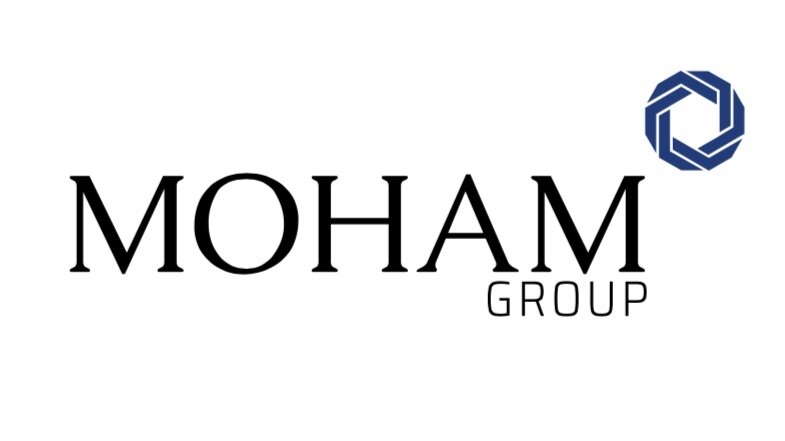Role of the U.S. in MENA Region Corn Commodity Market
In the MENA region, corn, used mainly as feed for livestock, is grown primarily in Turkey, Egypt, and Iran. While most corn production is irrigated, it remains subject to a different kind of moisture constraint, namely, the limited—and, in some places, declining—underground water supplies. This leaves relatively little room for area expansion or yield growth.
MENA corn consumption has grown steadily over the past 20 years, primarily due to growing demand for feed to support expansion of poultry production and consumption. While rising incomes are fueling poultry demand, it remains to be seen whether the demand for poultry will translate into rising feed imports or higher poultry imports, with the outcome likely to vary within the region.
Given the disparity between the region’s constrained production and its growing demand for poultry and other meats, corn imports into the MENA region have steadily risen, except for a temporary drop in 2009 associated with the spike in global food prices. The U.S. share of the region’s corn imports has declined from about 70 percent during the mid-1990s to around 10 percent in recent years, the result of reduced U.S. exportable surpluses, higher U.S. prices following the 2012 U.S. drought, and more competition from other suppliers. But the expectation is that the MENA’s rising incomes and increasing population will sustain its growing demand for U.S. corn in the future. Major U.S. competitors in the MENA corn market include Ukraine and Russia, who enjoy transport cost advantages to the MENA region but experience frequent weather-induced fluctuations in production. The major destinations of MENA-bound U.S. corn are Saudi Arabia and Egypt.

